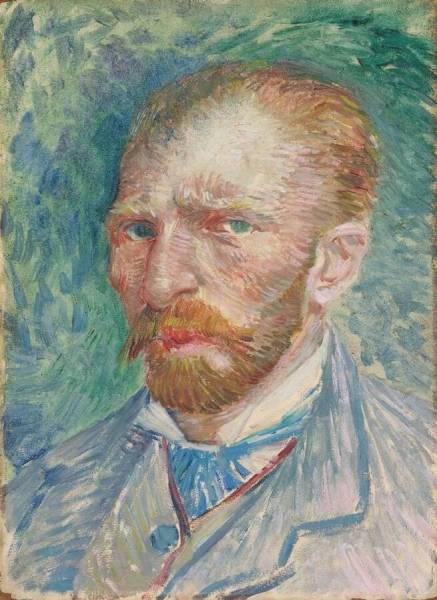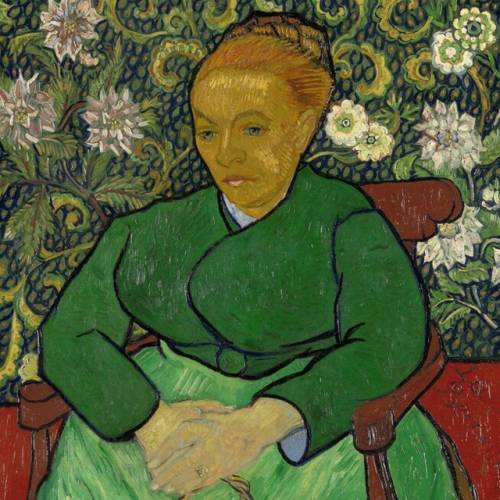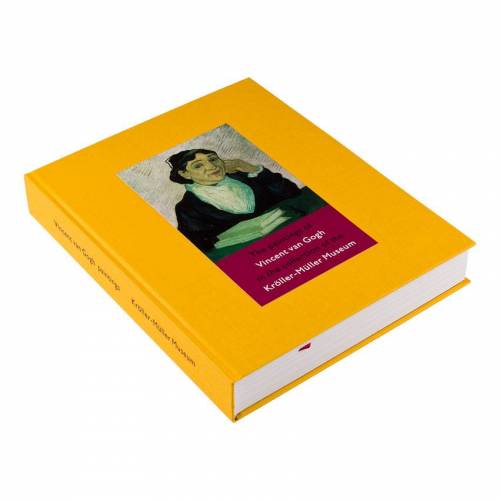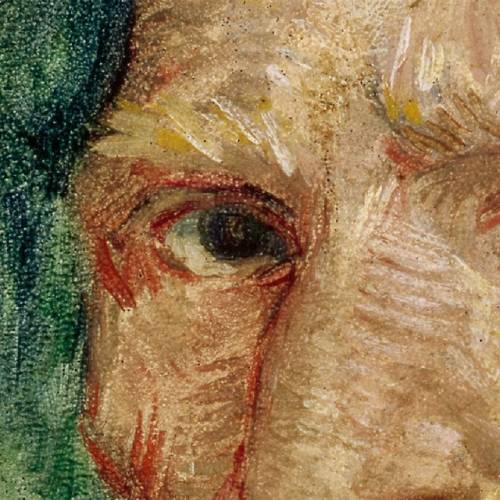Bright, light colours
In February 1886, Vincent van Gogh goes to live with his brother Theo in Paris. There he becomes acquainted with the painters Pissarro, Toulouse-Lautrec, Signac, Gauguin, Seurat and Bernard. Inspired by their work, he begins experimenting with different styles and with bright, light colours.
Self-portraits
During this period, he has the ambition to become a portrait painter and to thus earn a living. In the absence of models, he paints numerous self-portraits, ‘because if I can manage to paint the coloration of my own head, which is not without presenting some difficulty, I’ll surely be able to paint the heads of the other fellows and women as well’.
Dynamic character
Van Gogh is not interested in making photographic portraits. A portrait must also express something of the subject’s emotional state. The colours are still fairly subdued in this self-portrait. Soft blue and green tints dominate the painting. By contrast, the rapid brushstrokes are exuberant, particularly in the background. These give the work a lively and dynamic character.



